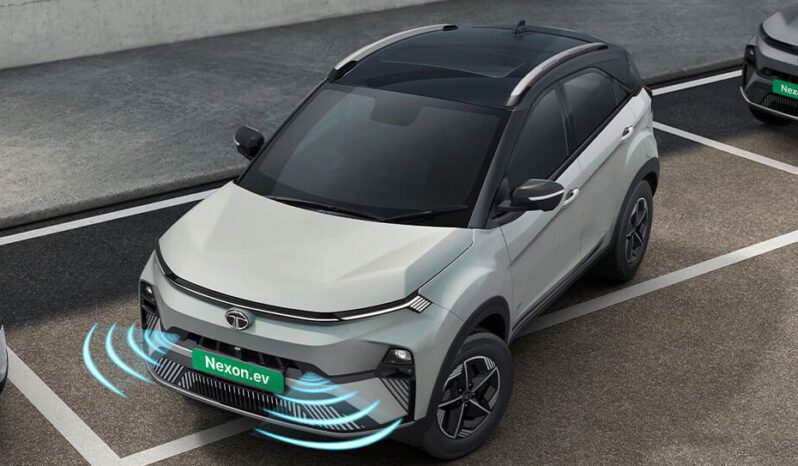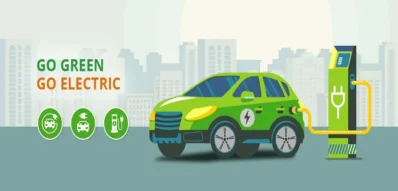Key Highlights:
- Tata Nexon EV produces zero tailpipe emissions, reducing air pollution.
- EV’s lower carbon footprint helps in cutting down overall greenhouse gas emissions.
- Promotes sustainable transportation by offering eco-conscious driving options.
- Features innovative technologies like regenerative braking and the use of recyclable materials.
As the world moves toward sustainable practices, electric vehicles (EVs) are playing a pivotal role in reducing environmental impact. The Tata Nexon EV, a popular electric SUV in India, is at the forefront of this green revolution. By eliminating tailpipe emissions and promoting eco-conscious driving, it’s actively contributing to a greener environment. Let’s dive into how the Nexon EV is helping to shape a sustainable future.
1. Zero Tailpipe Emissions
The most significant contribution of the Tata Nexon EV to the environment is its zero tailpipe emissions. Unlike conventional internal combustion engine (ICE) vehicles, the Nexon EV operates purely on electricity, producing no exhaust fumes. This directly helps in reducing air pollution, particularly in urban areas where vehicular emissions are a major source of pollutants.
Benefits:
- Reduces greenhouse gases.
- Decreases smog and air pollutants.
- Improves urban air quality.
2. Lower Carbon Footprint
Switching to electric vehicles like the Tata Nexon EV results in a lower carbon footprint over the vehicle’s lifetime. Although manufacturing EV batteries requires energy, the overall environmental impact is much smaller when compared to traditional petrol or diesel cars. By running on renewable energy sources, such as solar or wind power, the carbon emissions are reduced even further.
Benefits:
- Reduces reliance on fossil fuels.
- Encourages renewable energy use.
- Lowers overall CO2 emissions.
3. Promoting Sustainable Transportation
Tata Motors is committed to promoting sustainability, and the Nexon EV is a perfect embodiment of this vision. The vehicle’s efficient energy consumption, regenerative braking technology, and long-range capabilities encourage more drivers to switch from fuel-powered cars to EVs, helping reduce global dependence on non-renewable resources.
Benefits:
- Supports cleaner mobility.
- Encourages energy-efficient driving.
- Reduces fuel consumption.
4. Eco-Friendly Innovations
The Tata Nexon EV comes equipped with state-of-the-art technology that minimizes environmental impact. Features like regenerative braking, which converts kinetic energy into electric power, contribute to energy efficiency. Additionally, Tata’s use of recyclable materials in manufacturing further enhances the vehicle’s eco-friendly credentials, supporting a circular economy.
Benefits:
- Reduces waste with recyclable materials.
- Increases energy efficiency.
- Promotes a circular economy.
5. Supporting India’s Green Mobility Goals
The Tata Nexon EV is not just a vehicle; it’s a part of India’s broader vision for a sustainable future. The Indian government’s push for electric mobility through policies like the FAME (Faster Adoption and Manufacturing of Hybrid and Electric Vehicles) scheme aligns perfectly with the Nexon EV’s mission. By providing a practical, affordable, and eco-friendly driving solution, the Nexon EV is helping India transition toward green mobility.
Benefits:
- Contributes to India’s goal of reducing emissions by 2030.
- Encourages the adoption of electric vehicles across the country.
- Supports a national vision for sustainable transportation.
Also Read: The e-ZEO: Mahindra’s Electric Four-Wheeler
ELCTRIK Speaks
By embracing the Tata Nexon EV, drivers not only enjoy the benefits of cutting-edge electric vehicle technology but also contribute to a cleaner, greener future. As EVs become more prevalent, the collective reduction in emissions and fossil fuel dependence will significantly impact our planet’s environmental health, making the Nexon EV a true champion of sustainability.








